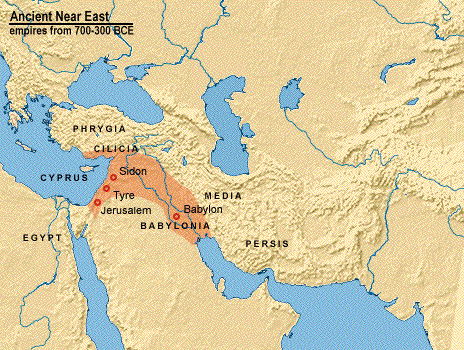Introduction:
The Kingdom of Babylon, an ancient civilization that flourished between the 18th and 6th centuries BC, continues to captivate scholars, historians, and enthusiasts alike. Its renowned art, ambitious architectural projects, eminent rulers, and the strategic capture of Jerusalem, followed by its eventual fall to the Achaemenids, offer a profound study of human achievements and the inherent ebbs and flows of power.
Art in Babylon:
Art thrived in the Babylonian kingdom, with the region's rich cultural heritage reflecting in their diverse creations. Babylonian art was characterized by its emphasis on intricate details and its spiritual themes, often celebrating deities and royal figures (1).
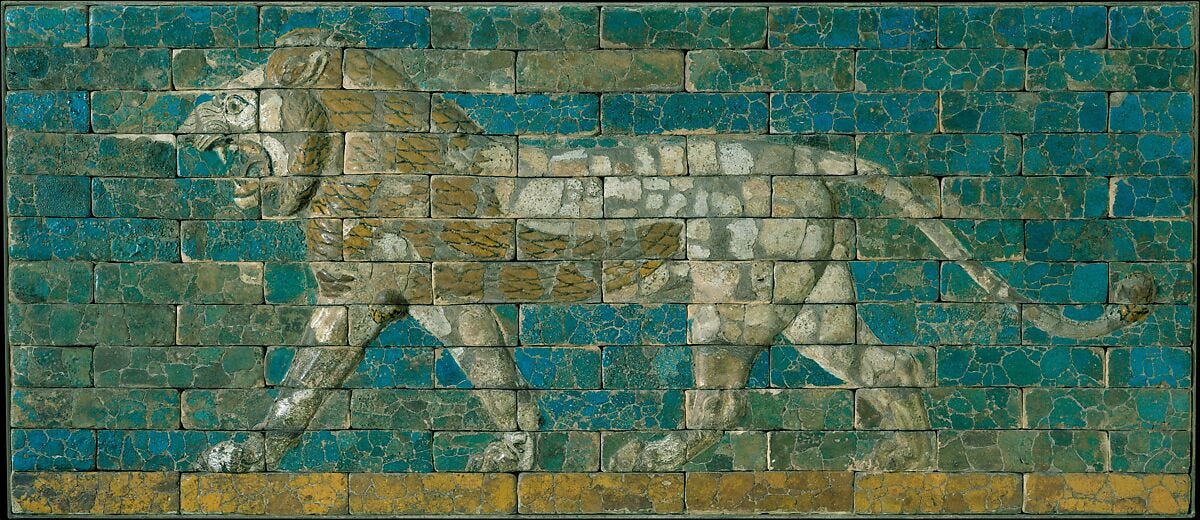
From the detailed terracotta figurines to cylinder seals with elaborate carvings, the Babylonians showcased an acute eye for precision (2). Their artwork frequently portrayed gods, humans, and mythological creatures in scenes of worship, warfare, and daily life. Babylonian artisans also excelled in metalwork, creating items like ceremonial weapons, jewelry, and decorative fixtures.
The Babylonian Dynasty:
The narrative of Babylon's rule is marked by several key figures, with Hammurabi and Nebuchadnezzar II being the most prominent.
Hammurabi, who reigned from 1792–1750 BC, is most famous for the Code of Hammurabi, one of the oldest deciphered writing systems that prescribed laws and punishments (3). This legal code played a crucial role in consolidating Hammurabi's power and establishing a sense of order and justice in his kingdom.
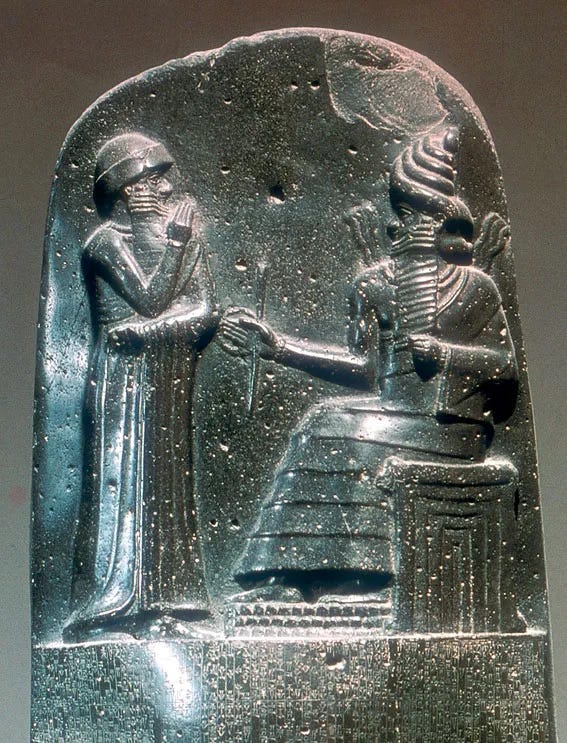
The reign of Nebuchadnezzar II (604–561 BC) signified the peak of Babylon’s cultural and military might. Notably, he expanded Babylonian territories and turned the city of Babylon into an architectural marvel, reinforcing his legacy as one of the most influential rulers of the ancient world (4).
Babylon's Architecture:
Babylonian architecture reflects the grandeur and ambition of its rulers. One of the most notable architectural feats of the Babylonians was the city of Babylon itself, with its city walls and the towering ziggurat known as Etemenanki (5) and the famous Ishtar Gate.
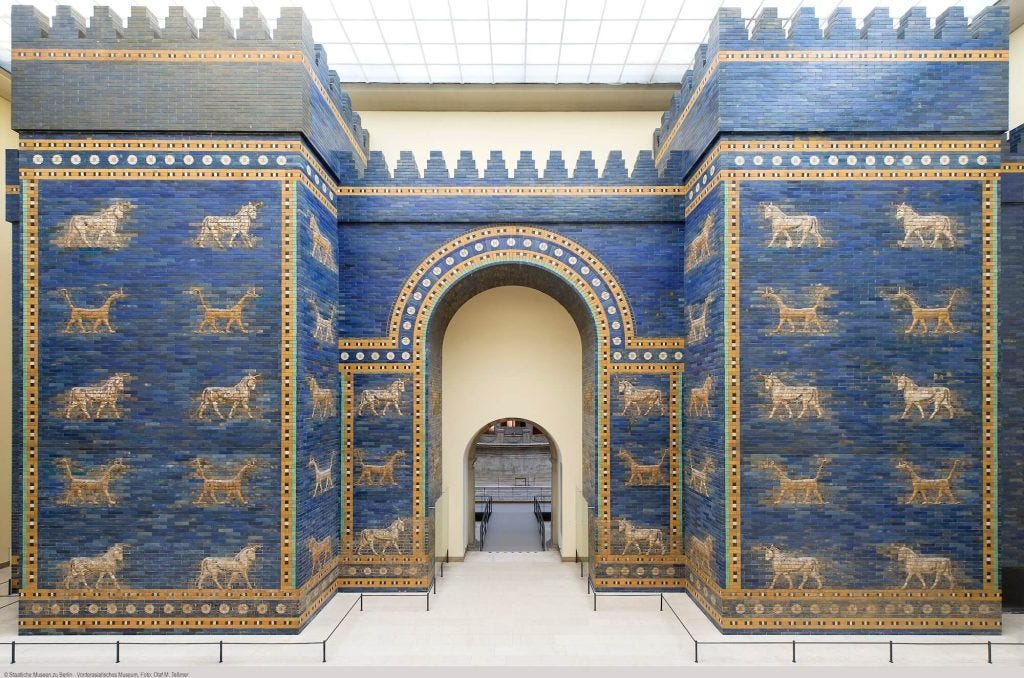
Perhaps the most well-known architectural wonder associated with Babylon is the Hanging Gardens, said to have been built by Nebuchadnezzar II. These terraced gardens were reportedly a breathtaking sight, featuring exotic plants and impressive irrigation systems, although there is ongoing debate among historians about their actual existence (6).
The Capture of Jerusalem:
Babylon’s military prowess was displayed in full force when Nebuchadnezzar II laid siege to Jerusalem, first in 597 BC and again in 586 BC. The second siege resulted in the city's destruction, the obliteration of Solomon's Temple, and the onset of the Babylonian Exile, marking a significant change in Jewish history (7).
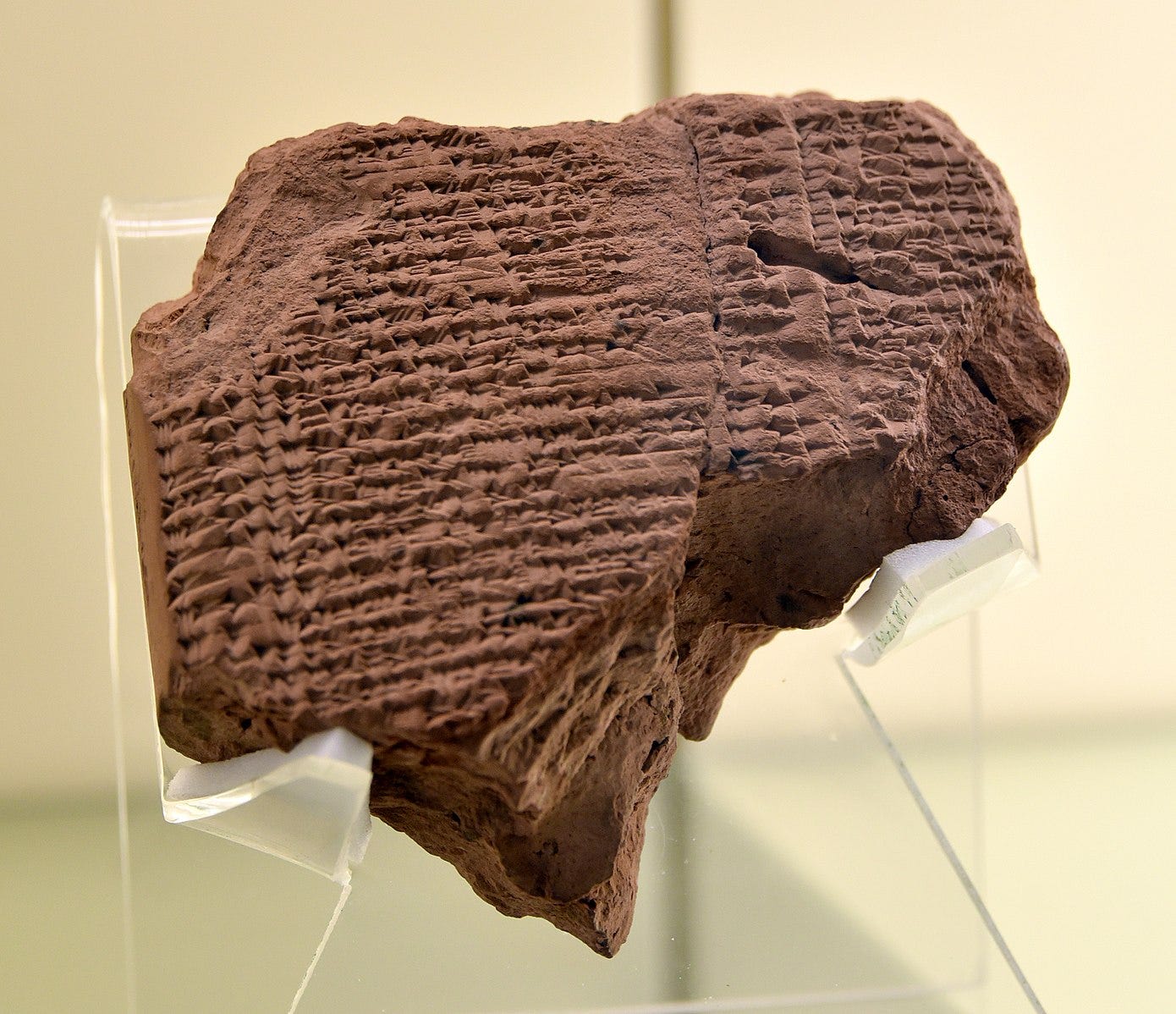
The Fall to the Achaemenids:
In 539 BC, the wheel of fortune turned for Babylon when Cyrus the Great of Persia invaded. The then ruler, Nabonidus, had become unpopular due to his religious reforms, providing Cyrus an opportunity to take over without much resistance. This conquest marked the end of the Neo-Babylonian Empire and the beginning of the Achaemenid Empire (8).
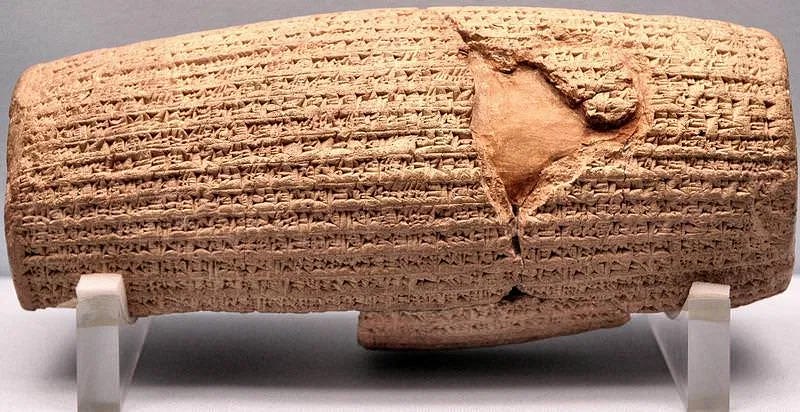
Conclusion:
The Kingdom of Babylon stands as a testament to human ingenuity, ambition, and the dynamic nature of power. From their incredible works of art, architectural marvels, and influential rulers to their capture of Jerusalem and eventual capitulation to the Achaemenids, Babylon's history remains a compelling narrative that continues to echo through the ages.
Sources:
1. Frankfort, H. (1970). "The Art and Architecture of the Ancient Orient". Yale University Press.
2. Collon, D. (2005). "First Impressions: Cylinder Seals in the Ancient Near East". British Museum Press.
3. Van De Mieroop, M. (2005). "King Hammurabi of Babylon: A Biography". Blackwell Publishing.
4. Wiseman, D. J. (1985). "Nebuchadrezzar and Babylon". Oxford University Press.
5. George, A. R. (1992). "Babylon: Myth and Reality". British Museum Press.
6. Dalley, S. (2013). "The Mystery of the Hanging Garden of Babylon: An Elusive World Wonder Traced". Oxford University Press.
7. Finkelstein, I., & Silberman, N.A. (2001). "The Bible Unearthed: Archaeology's New Vision of Ancient Israel and the Origin of Its Sacred Texts". Free Press.
8. Kuhrt, A. (1995). "The Ancient Near East: c. 3000-330 BC". Routledge.




